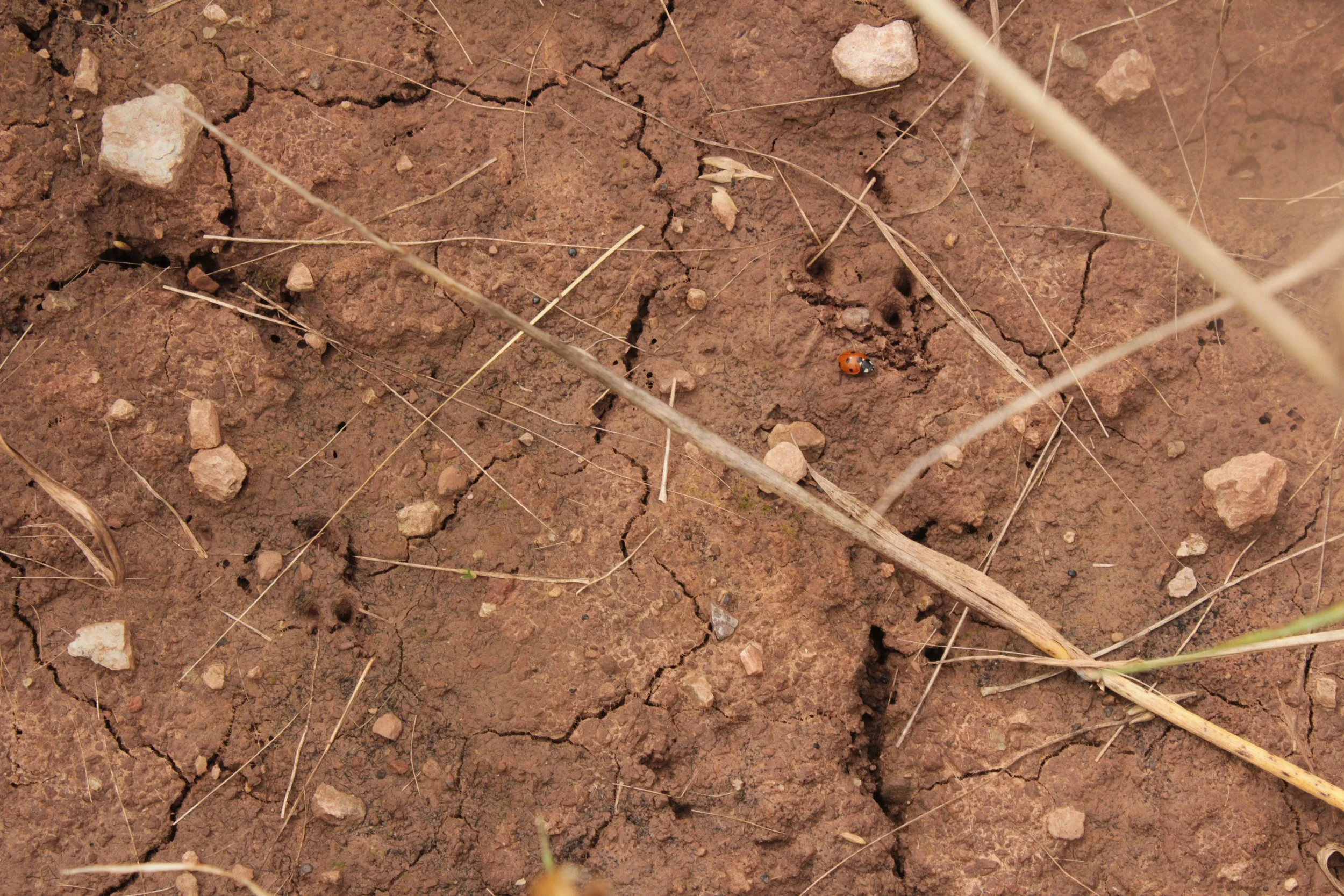Home / British mammals / Common vole
Common vole
Scientific name: Microtus arvalis
In the British Isles the common vole is restricted to Guernsey (M. a. sarnius) and eight of the Orkney Islands (M. a. orcadensis) - where it was introduced around 5,000 years ago. No other vole species are found on these islands.
Taxonomy chart
Animalia - Chordata - Mammalia - Rodentia - Cricetidae - Microtus - M. arvalis
Conservation status: UK Red List
England: N/A
Scotland: Vulnerable
Wales: N/A
Global: Least Concern
Species information
Habitat: Found in both coniferous and deciduous woodland, marsh, heather moorland, rough grassland and arable farmland.
Description: Very similar to field vole, but has shorter fur, ears and is less hairy.
Size: Head to body : 97-128mm, Tail: 27-44mm.
Weight: 22-67g.
Origin and distribution
Deliberately introduced now restricted to Guernsey and Orkney islands.
Diet
Herbivorous, feeds on leaves, stems and roots of wide variety of grasses. Has a strong preference for heather.
General ecology
Common to have a single nest with several entrances that forms a network of runs and tunnels beneath ground surface. Same tunnels used for successive generations of voles. Sleeps and raises young in nest.
Tends to have litters of 2-5 individuals.
Predators are: hen harriers; short eared owls; stoats; kestrels and domestic cats.
Breeding
Breeding season starts in February with pregnant females found between March to November. Both parents spend a long time in nest grooming their young.
Conservation status
A Mammal Society study in 2018 indicated intensification of agricultural practices within its home range has a detrimental effect upon the vole population. As stoats have been introduced to the area recently, these too are having a significant impact on population numbers. Declines in this species are likely to have serious consequences for bird species in the area.
Download resources
Identify sounds
Heard a curious animal sound but no idea whose making it?
Wildlife identification FAQ
Still not sure what you’ve found? Head over to our FAQ for an answer.




